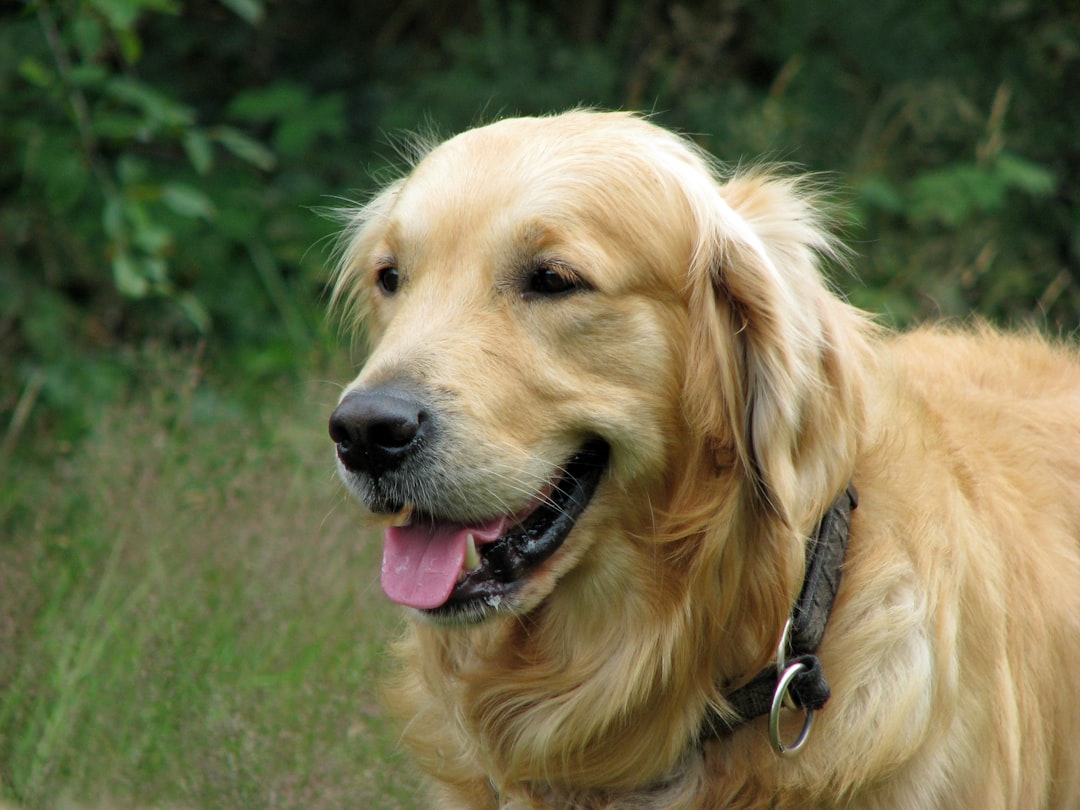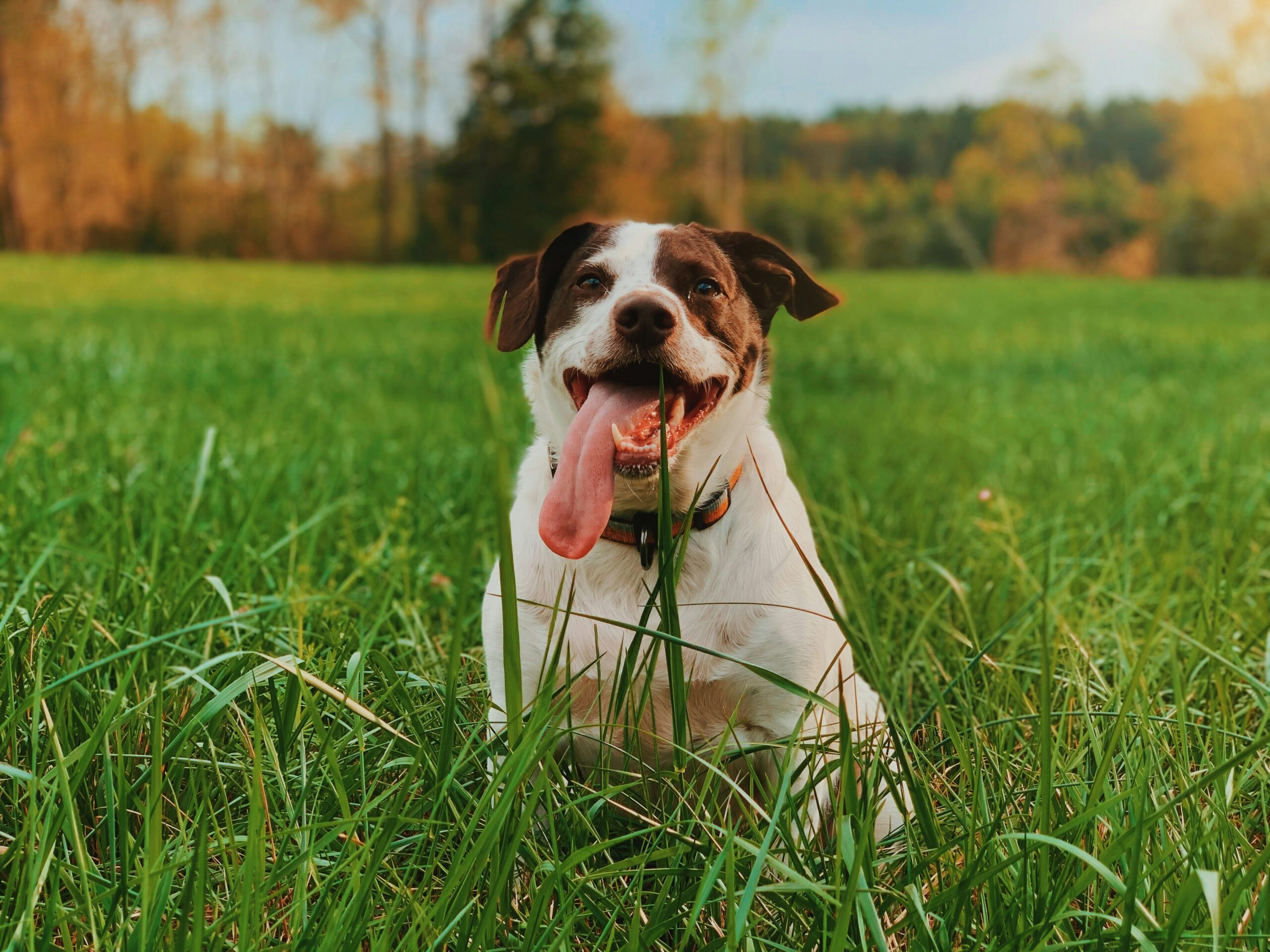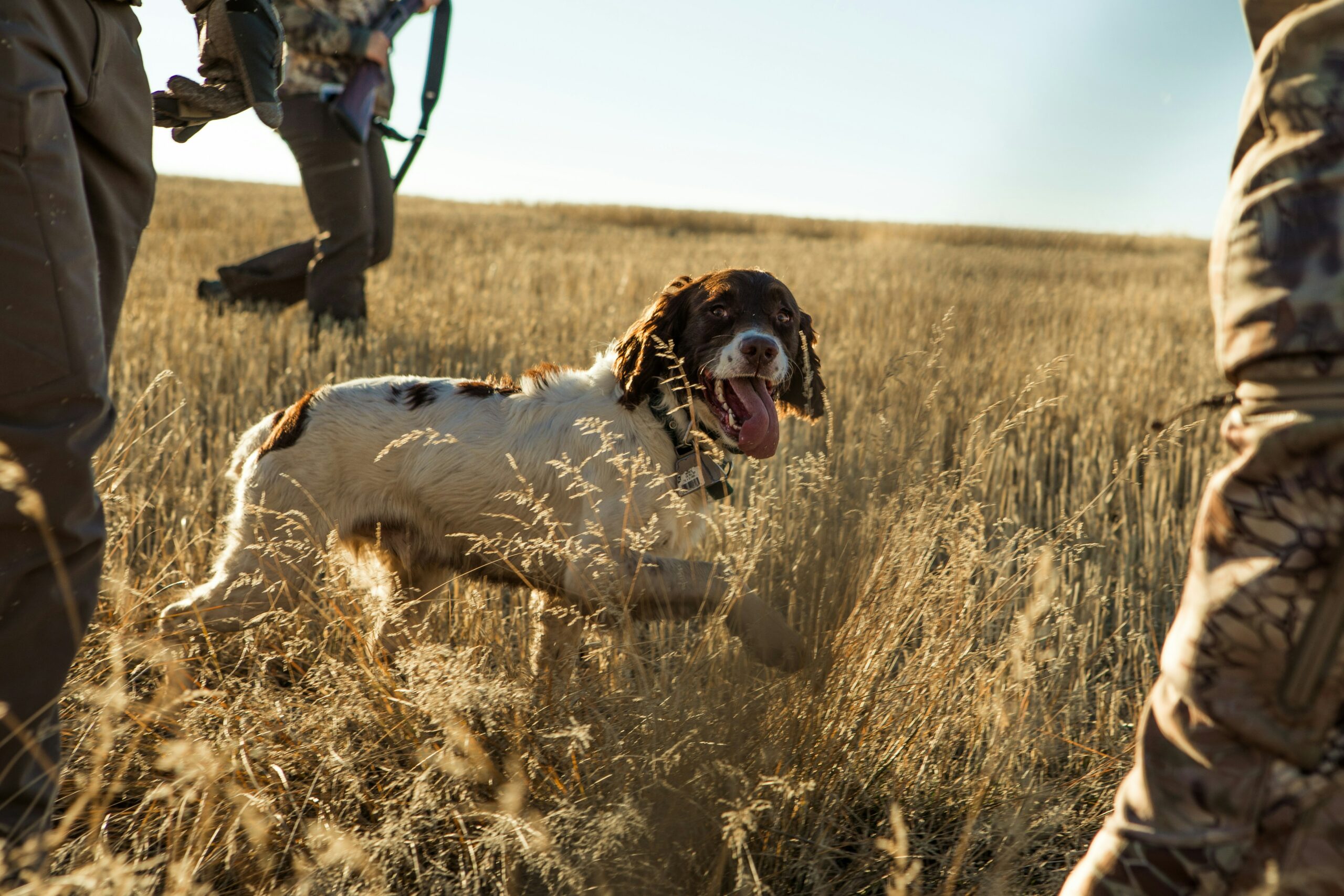Unraveling the Canine Genome: Genetic Insights into the Evolutionary History of Dogs
This article explores the genetic differences between dogs and wolves, the evolutionary origins of dogs, the influence of genes on coat diversity and behavioral traits in dogs, the impact of human society on dog evolution, the genetic relationship between ancient North American and Siberian dogs, and the future prospects of genetic research in understanding dog evolution.
Dog Domestication: Genetic Differences from Wolves
The genetic differences between dogs and wolves, as explored by the research conducted at the Wolf Science Center, shed light on the unique evolutionary trajectories of these canines. For instance, the distinct independence of mind and behavior observed in wolves, as compared to dogs, is evident in their response to commands and the hierarchical structure of their packs [1]. This independence reflects the evolutionary divergence that occurred after the domestication of the two species, highlighting the significant impact of human influence on the behavior and genetics of dogs.
In addition to behavioral differences, the genetic evidence supporting the descent of dogs from an unknown and extinct wolf, rather than directly from the gray wolf species, provides essential insights into the complex lineage and evolutionary history of canines. Understanding these genetic distinctions is crucial for comprehending the various factors that have shaped the unique traits and characteristics of dogs as they evolved from their wolf ancestors. This research also underlines the importance of genetic analysis in unraveling the intricacies of the domestication process and the subsequent divergence of dogs from their wild counterparts, the wolves.
 Evolutionary Trajectories: Understanding Dog Origins
Evolutionary Trajectories: Understanding Dog Origins
Genetic analysis has significantly contributed to our understanding of the origin and evolutionary trajectories of dogs. As researchers have delved into the genetic makeup of dogs, evidence has emerged indicating that the domestication of dogs is associated with the contribution of multiple ancestral wolf populations. This suggests a complex and multilayered evolutionary process, rather than a singular event, which has shaped the genetic diversity and lineage of dogs.
Furthermore, the impact of intensive artificial selection and breed purification on the genetic composition of dogs cannot be overstated. These processes have inadvertently led to the accumulation of deleterious mutations within the genetic framework of dogs. Such mutations, which may have been unintentionally favored during the selective breeding of specific traits, have influenced the overall genetic health and susceptibility to certain ailments within different dog breeds.
Genomic analysis has played a pivotal role in uncovering the evolutionary progression from the initial domestication of the wild gray wolf to the primary dog, and subsequently, the diversification of dogs into various modern breeds. By examining the genetic markers and sequences, scientists have been able to trace the genetic footprints that delineate the evolutionary paths of different dog breeds, shedding light on the mechanisms that have driven the genetic diversity and distinctive traits observed in today’s dogs. This detailed genetic insight has not only elucidated the historical transformation of dogs but also holds promise for informing future breeding strategies and the welfare of dogs.
Genetic Diversity and Behavioral Inheritance
Genetic diversity in dogs encompasses a wide range of coat colors and patterns, and this diversity is influenced by specific genes. For example, the ASIP gene is responsible for pigment type-switching and plays a crucial role in determining the coat color of dogs. This gene regulates the distribution of black pigment in the coat, leading to variations in color patterns observed across different dog breeds. Similarly, the MC1R gene, also known as the “extension gene,” influences the production of eumelanin and pheomelanin, which are the two main types of pigments responsible for the coloration of the coat. The interplay of these genes contributes to the rich and diverse spectrum of coat colors found in domestic dogs, ranging from solid colors to intricate patterns.
Moreover, the genetic basis of behavioral traits in dogs has been a subject of scientific inquiry. Studies have revealed that certain genes, such as CDH2, are associated with aggressive behavior in dogs. The presence of specific variants of the CDH2 gene has been linked to increased aggression and territorial tendencies in dog breeds. This genetic insight into behavioral inheritance not only provides a deeper understanding of the underlying mechanisms of dog behavior but also underscores the complex interplay between genetic factors and environmental influences. Furthermore, the AMY2B gene, which is involved in the digestion of starch, has been found to play a role in the dietary adaptations of dogs during their domestication. This gene has undergone changes throughout the evolutionary history of dogs, reflecting their transition from carnivorous to more omnivorous dietary habits as they adapted to human settlements and lifestyles. These genetic influences on behavior and dietary adaptations highlight the multifaceted nature of genetic inheritance in dogs, shaping both their physical and behavioral characteristics.
Impact of Human Society on Dog Evolution
The shift in human attitudes towards dogs has significantly impacted the evolutionary history of dogs. Research suggests that early human societies, particularly hunter-gatherer communities, played a crucial role in providing a niche for the domestication of dogs. This early niche allowed dogs to form symbiotic relationships with humans, influencing their genetic and behavioral evolution. For example, dogs provided important services such as hunting, herding, and acting as camp sentinels for early humans.
Furthermore, the transition from hunter-gatherer societies to agricultural communities also had a profound effect on the status and utility of dogs. While the shift in human lifestyles may have initially led to a decline in the status of dogs, they continued to play valuable roles, especially in activities such as herding and protection. This transition period reflects the dynamic interplay between human society and the evolutionary adaptations of dogs, highlighting the complex nature of their relationship and co-evolution. This dynamic relationship between human societies and dogs has contributed to the diverse roles and behaviors exhibited by different dog breeds today, showcasing the enduring impact of human-dog interactions on the evolution of canines.
Genetic Relationships: Ancient North American and Siberian Dogs
Recent genetic research has shed light on the fascinating relationship between ancient North American and Siberian dogs. This investigation uncovered compelling evidence that suggests a monophyletic lineage likely originated in Siberia and subsequently dispersed into the Americas alongside human migrations. This revelation provides valuable insight into the historical coexistence and interaction between early human populations and dogs, offering a glimpse into the intricate web of relationships that shaped the evolutionary history of these canines.
Furthermore, the impact of European arrival on the native American dog population is a significant aspect of this genetic exploration. The research underscores the near-extinction of native American dogs after the arrival of Europeans, resulting in a minimal genetic legacy within modern dog populations. This revelation not only showcases the profound influence of human activities on the genetic composition of dog populations but also underscores the importance of understanding historical migration patterns and their impact on the genetic legacy of ancient dog lineages. This understanding is crucial for unraveling the complex tapestry of ancient dog relationships and the factors that influenced their evolution over time.
Genetic Insights and Future Prospects
The ongoing genetic research on the evolutionary history of dogs holds significant implications for understanding the relationship between dogs and wolves. Continued exploration of the genetic aspects of dog evolution is essential for informing breeding strategies and ensuring the welfare of dogs.
Furthermore, the potential for further genetic analysis presents an opportunity to delve deeper into the intricate genetic relationships between different dog breeds and their ancestral wolf populations. For instance, recent studies have revealed that the domestication of dogs occurred in two main phases: the initial domestication of the wild gray wolf to the primary dog and the subsequent improvement of these indigenous dogs into various modern breeds. This highlights the dynamic genetic changes that have shaped the evolutionary pathways of dogs and underscores the need for ongoing genetic research to unravel the complexities of dog domestication and evolution.
Moreover, as we gain more insights into the genetic makeup of dogs, it becomes increasingly apparent that the accumulation of deleterious mutations resulting from intensive artificial selection and breed purification has impacted the genetic health of certain dog breeds. Understanding these genetic predispositions is crucial for implementing responsible breeding practices that prioritize the genetic welfare of dogs. Therefore, the future prospects of genetic research in the field of dog evolution are not only intriguing from an academic standpoint but also hold practical implications for promoting the long-term health and well-being of our canine companions.



